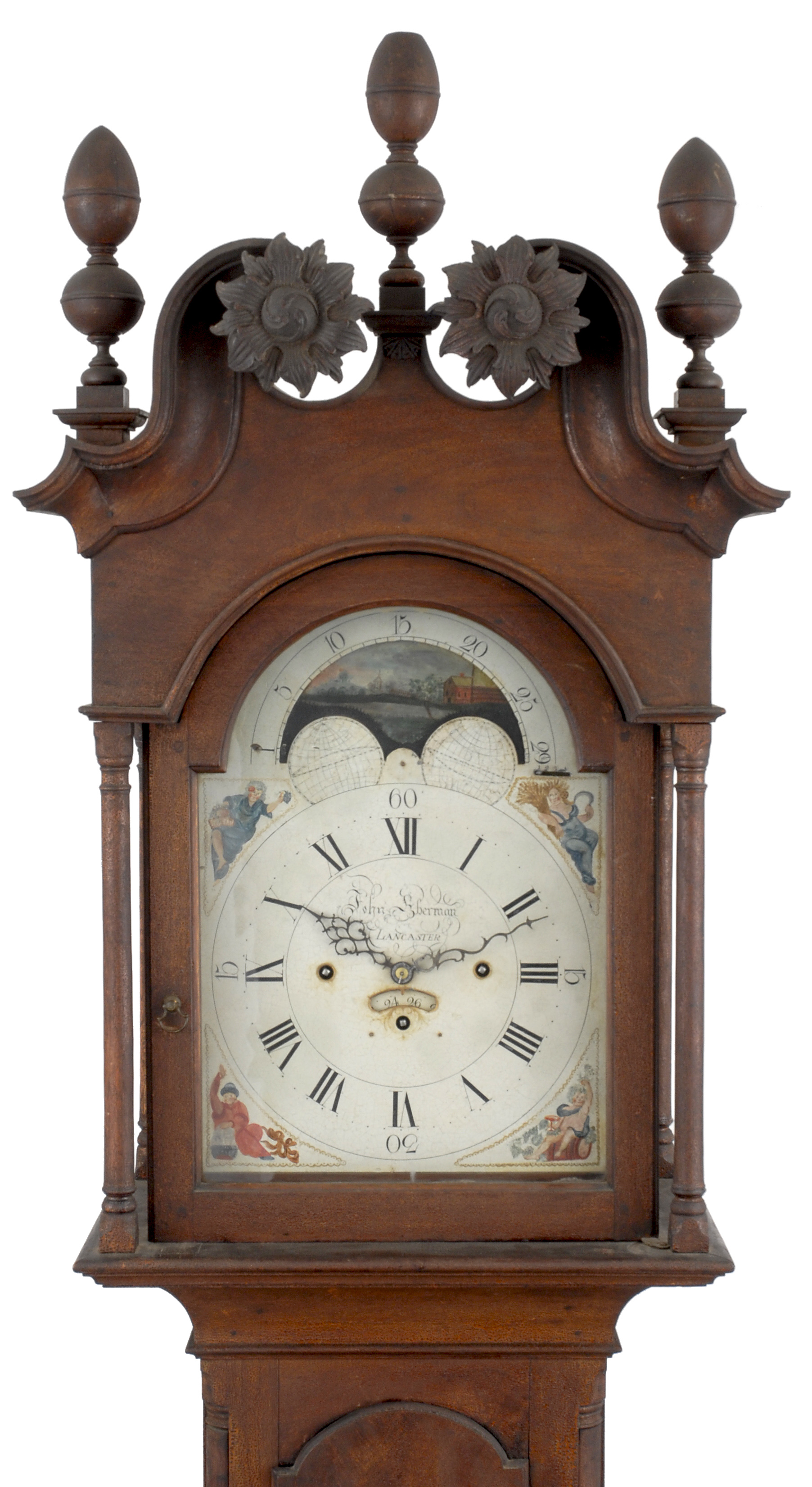
The first musical clocks were invented in the Netherlands in the fourteenth century. Two hundred years later European royalty and aristocracy were commissioning them. At the palace of Versailles Marie Antoinette possessed a musical clock that played ten of her favorite tunes. (It was discovered at the palace in June 1914, two weeks before the start of World War I.) Musical clocks were also available in colonial America. Benjamin Willard, one of the first American clockmakers, advertised in a February 1773 issue of the Boston Gazette a musical clock that played a new tune for each day of the week.
American musical clocks and their tunes are the subjects of a forthcoming catalogue raisonné—a complete record of the known musical clocks designed to play recognizable tunes on racks of bells made in the United State prior to 1830. It will include detailed illustrations, pertinent physical descriptions, biographies of the makers, and identification of the music played. Even if a clock no longer plays, an attempt will be made to identify the music.
Anyone who knows the whereabouts of or who owns an early American musical clock is asked to contact one of the following:
Frank Hohmann III, f@hohmann3.com
Gary R. Sullivan, Gary@garysullivanantiques.com
Kate Van Winkle Keller, kvwkeller@verizon.net
